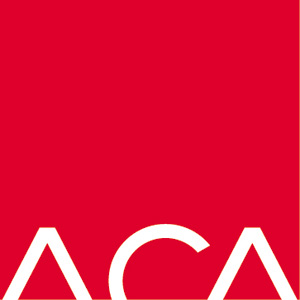Tackling pay gaps in practice
Closing the gender pay gap is an ongoing challenge for architecture practices. This resource roundup brings together practical tools and insights to help practices of all sizes tackle pay inequity and build fairer, more equitable workplaces. It includes key resources from the Workplace Gender Equality Agency (WGEA) to support you in reviewing pay structures, understanding your obligations, and ensuring all staff are paid fairly for their work.
The Workplace Gender Equality Agency (WGEA) has been leading the work of addressing the gender pay gap in Australia since its establishment in 2012. For over a decade, WGEA has collected detailed data on pay gaps across Australian workplaces – but a major milestone came in 2024 and 2025 when, for the first time, individual employer pay gap results were published publicly. Parlour has unpacked this data with a focus on architecture practices.
This new level of transparency is a game changer, shining a light on where inequities persist and giving employers of all sizes – including small and medium architectural practices – the information they need to take real action to close the gap and ensure fair, equitable pay for all staff.
The following resources aim to make it easier for employers to analyse and correct potential pay gaps within their businesses.
WGEA Gender Pay Gap Analysis Guide
The WGEA Employer Gender Pay Gap Analysis Guide helps employers take the first critical step toward pay equity – measuring and understanding their gender pay gap
Tailored for organisations of all sizes, it walks you through:
- Collecting and cleaning data – How to gather payroll and demographic data and ensure it’s accurate.
- Calculating potential gaps – How to compute average and median pay gaps across your workforce.
- Identifying drivers – How to uncover common causes of imbalance, such as unequal pay, role distribution, and part-time work differences.
- Recommending action – How to interpret your results and pinpoint areas to act on
For small to medium practices, this guide offers accessible, step-by-step instructions without complicated jargon, making pay gap analysis manageable even with limited resources. It also highlights WGEA’s masterclasses and planning tools to support deeper understanding and planning.
WGEA Gender Strategy Toolkit
The WGEA Gender Strategy Toolkit is a practical resource that helps employers develop and strengthen their gender equality strategies. At its core is a Diagnostic Tool that guides small and medium practices through key focus areas – including stakeholder engagement, leadership accountability, pay equity, flexible work, support for caring, preventing harassment and bullying, talent management and succession planning, policies and culture – to assess current performance, pinpoint gaps, and prioritise next steps.
By rating where you stand and using the clear scorecard, practices can align gender goals with broader business objectives and create an actionable plan to build a fairer, more inclusive workplace.
WGEA Action Planning Playbook
The WGEA Action Planning Playbook is a practical guide designed to help employers turn identified insights into meaningful action on gender equality. It supports organisations of all sizes – including small and medium practices – to identify key areas for improvement based on their own workforce data and select evidence-based actions aligned with WGEA’s six gender equality indicators.
The Playbook explains why each action matters, how to implement it effectively, and how to monitor progress over time. For practices looking to create a clear, realistic plan to close gender gaps and strengthen workplace equity, this resource offers a structured, step-by-step framework to guide the process.
